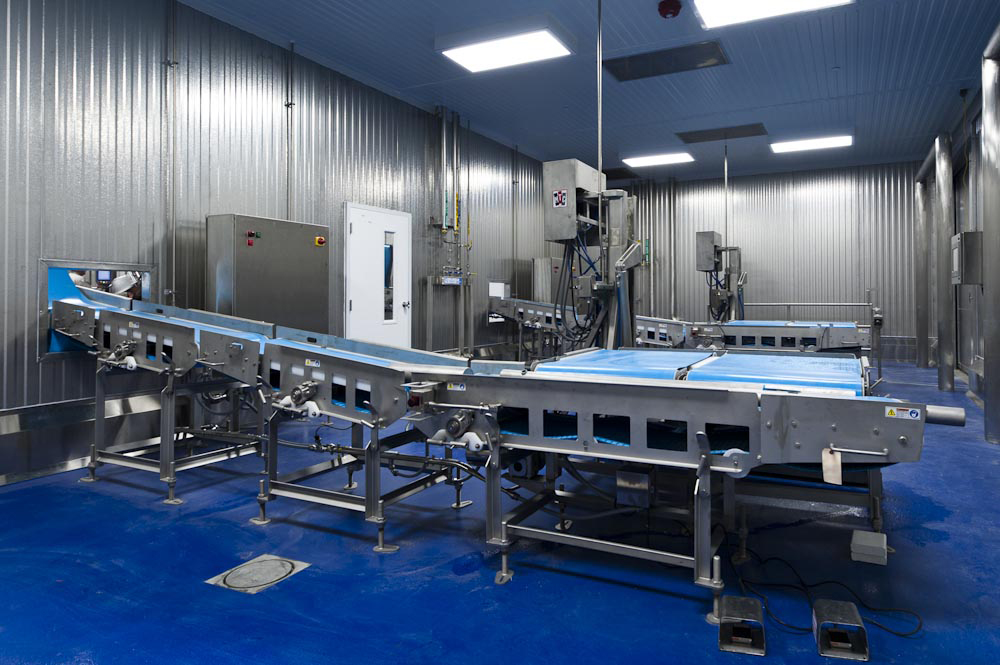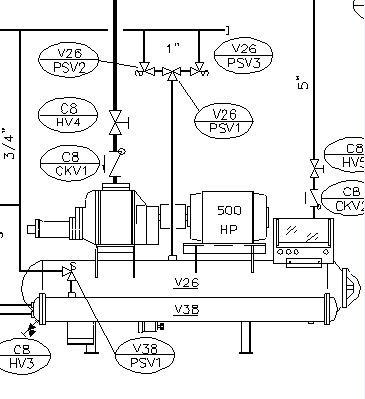New Trends in Sanitary Equipment Design are Improving Food Safety Standards
As food safety regulatory requirements become more stringent, equipment manufacturers are stepping up to the plate and increasing the role they play in the industry. The American Meat Institute’s (AMI) 10 sanitary design principles offer baseline standards for equipment design, yet many suppliers are going above and beyond these standards by offering improved surfaces, cleaning chemicals, and construction processes.
Continue Reading “New Trends in Sanitary Equipment Design are Improving Food Safety Standards”







